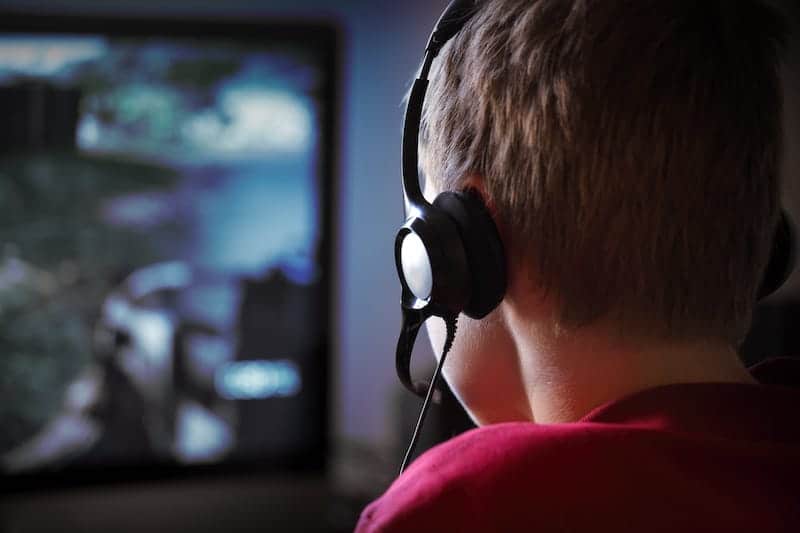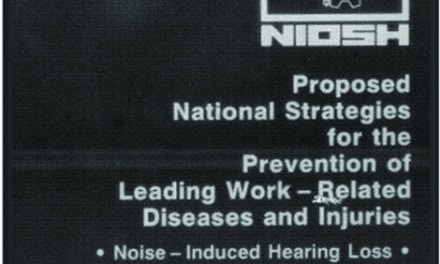Summary: Over 75% of video gamers regularly engage in activities harmful to their hearing, according to results of a new poll.
Key Takeaways:
- High Risk of Hearing Damage: Many gamers spend an average of 15 hours per week playing video games, with 43% using headphones for extended periods and 30% at high volumes, exposing them to potential hearing loss.
- Awareness and Impact: Despite most gamers considering their hearing excellent, a significant portion experiences hearing difficulties, and 25% attribute these issues to their gaming habits.
- Receptivity to Safety Features: The majority of gamers are open to using safe listening features, such as volume controls and smart listening modes, and WHO is developing a global safe listening standard for video gaming.
More than 75% of video gamers in the United States, Japan, and Brazil say they regularly engage in activities that can be detrimental to their hearing, according to a poll that is a collaboration of the American Speech-Language-Hearing Association (ASHA); the World Health Organization (WHO)/Pan American Health Organization (PAHO); and the WHO Collaborating Center for Rehabilitation in Global Health Systems at the University of Lucerne.
Potential Hearing Damage for Gamers
Overall, video gamers spend an average of 15 hours playing per week. Many engage in habits that could damage their hearing, both during gameplay and while participating in other activities.
Specifically, 43% use headphones for long periods of time, and nearly 30% do so at loud volumes. Other activities that put them at risk for hearing loss from excessive noise exposure include spending time around loud music; attending concerts, sporting events, and other large gatherings; and working in noisy environments.
Commissioned by ASHA and conducted by YouGov in April, respondents included nearly 1,700 video gamers ages 18–35. This report covers the poll findings and compares them by country. According to video gameplay industry sources, about two-thirds of the U.S. population plays video games. In Japan, nearly 60% of the population does; in Brazil, about 50%.
Hearing Health Among Video Gamers
Just over one-third of the polled participants said they have hearing difficulties. The leading problems are having trouble hearing in loud environments, and experiencing ringing, buzzing, or hissing in the ears (called tinnitus). Of this group, 25% feel that their video gameplay habits contribute to their problems hearing.
Additionally, most video gamers said their hearing is excellent (65%), and nearly half don’t think they risk their hearing when they play (47%). However, a recent WHO study concluded that hundreds of millions of video gamers globally are at potential risk of hearing damage—a finding that prompted the global health agency to call for implementing safe listening features and guidelines in video gaming and esport devices. Most video gamers polled (68%) said they would likely change their listening habits once informed of the potential risks of video gameplay.
Cautionary and promising is how ASHA President Tena McNamara, AuD, CCC-A/SLP, described the poll results. “Many people tend to minimize risks to their hearing and their hearing difficulties,” McNamara says. “Their hearing may seem fine to them, but that can be deceiving because hearing loss often develops gradually until it becomes a significant problem. If you are exposed regularly to loud sounds and are not adequately protected, hearing loss is likely.”
Further reading: Why Irreversible Hearing Loss or Tinnitus is a Risk for Gamers
McNamara encouraged people who play video games regularly to get comprehensive hearing evaluations from an audiologist or other hearing specialist in their country. By a wide margin, video gamers indicated that they would be most likely to take hearing protection advice from such specialists. McNamara also noted: It bodes well that most gamers (85%) said they take hearing protection steps and are open to having safe listening features and guidance on video gameplay devices.
Interest in Safe Listening Features
Among the poll questions were ones meant to assess video gamers’ receptivity to various safety features. Most of the gamers reported that they were willing to use any of the proposed features, although some differences emerged among the countries involved.
Some of the features raised in the poll included:
Volume Channel Controls: These controls provide players with the ability to adjust volume levels of various soundtrack items, including master game volume level, game dialogue level, sound effects level, music level, and voice chat level. This was one of the top safety choices among gamers overall: 86% said they were very or somewhat likely to use them.
Smart Listening Mode: This simplified mode, when selected, would enable sub-features designed to optimize listening safety. This was another top feature, with 79% of all gamers indicating they would be likely to use it.
Tinnitus Sound Removal: This feature would remove in-game sounds that simulate a ringing or buzzing sound associated with hearing damage. Overall, 78% of gamers said they would likely use this feature.
Headphone Safety Mode: This mode would automatically reduce the volume to improve safety when using headphones (either in-the-ear or over-the-ear products). Across countries, 77% of video gamers said they would be willing to use this mode.
The poll asked for an ideal time for displaying warning messages about the risk of hearing damage that wouldn’t significantly disrupt gameplay immersion. Approximately 38% of the players polled said that the ideal time for warning messages would be when a game is loaded, followed by when a game is paused or when there is a reasonable break (i.e., between rounds).
“We thank the video gamers for their poll participation,” says Shelly Chadha, MBBS, MSurgery, PhD, a technical lead for Ear and Hearing Care at WHO. “They provided information that will help inform our development of safe listening measures for video gaming.”
Chadha says WHO is on track to produce a global safe listening standard for video gameplay within one year.
Photo: Dreamstime





